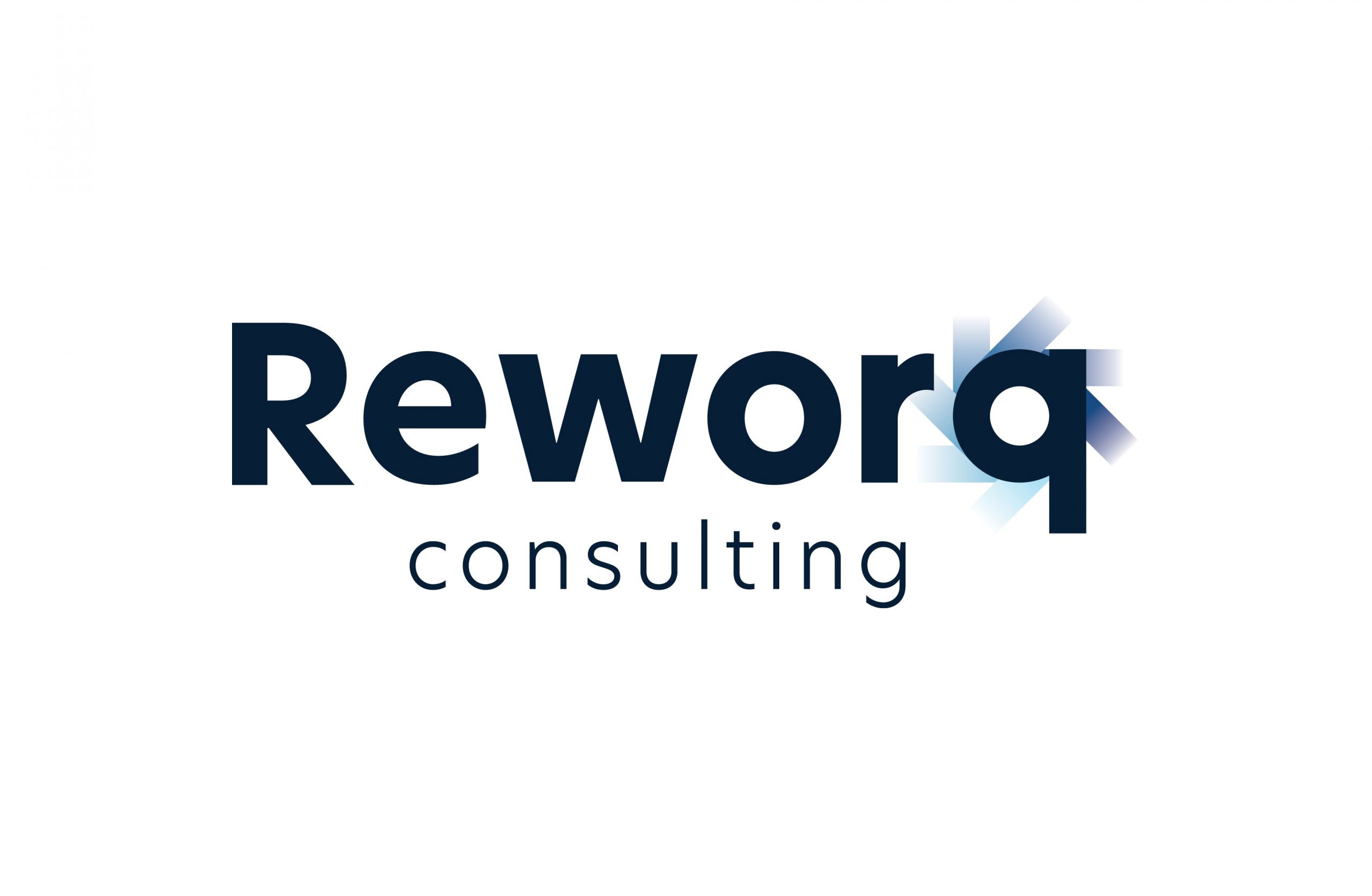Define and execute your strategy model by alignment of your organisation’s vision through the power of roadmapping.
Business transformations can be incredibly complex. But organisations undertake business transformations to create additional value by helping them compete more effectively, become more efficient to maximise their business potential, or commit to a strategic pivot. This positions the enterprise for sustained success (and growth) into the near future.
Business transformation is a Change Management strategy which is designed to boost overall performance through increased revenue, lower operating costs, and better customer satisfaction and workforce productivity. Simply rethinking your entire business operating model and making fundamental changes to its processes, systems, technology, and personnel – better aligns the organisation with its business strategy, vision, and execution.
However, business transformation is much more than just creating a more efficient, digitised system, and operational performance model. It involves a cultural change in employee mindset and implementing corporate strategies that enable constant evolution (think future!). Your objectives and goals must be defined and additionally the transformation steps necessary to achieve them need to be identified, prioritised, and communicated across the enterprise.
What is the purpose of AGILE Roadmapping?
Roadmapping is the process through which a Roadmap is created. An AGILE strategic planning technique that enables the development and communication of strategy and innovation. Its utility and flexibility mean that it is used extensively across industry, government, and academic organisations to bring clarity to complex problems and alignment of purpose to the necessary implementation steps.
The graphical and collaborative nature of roadmaps enables strategic alignment and cross-functional dialogue that creates a unified understanding of necessary transformation stages. Roadmapping provides clear direction, extremely flexible in terms of scope and alignment of specific needs at all enterprise levels, including functional, organisation-wide, and even collaboration between other external organisations.
Simply, the importance of roadmaps provides teams and their members the opportunity to formulate concerns, express opinions, and exchange ideas on – How to implement the respective goals (in an effective way)?
AGILE Roadmap
The development of an AGILE Roadmap (a lightweight strategic planning tool) outlines the general timeframes for major themes of work or project initiatives — What you plan to deliver? Why this is important? When do we (emphasis on cross-functional teamwork) start?
The AGILE Roadmap is executed by high-level strategy, oriented around business value, direction, and strategic vision, and provides transparency for both stakeholders and teammates. Typically, this consists of a series of requirements that need to be implemented, resources will be defined, and those requirements are combined into milestones, for overview purposes and scheduled for a particular point in time.
Why Roadmapping is not simply about creating a Roadmap?
Roadmapping is the strategic process of determining the planning, actions, steps, and key resources required to take your project initiative from “vision” to “reality”.
However, a Roadmap is nothing more than a documentation of the steps that need to be taken (in order) to achieve your organisation’s transformation goals. It clearly outlines the direction and the sub-steps that your business objectives are to be achieved. Roadmaps are visually created when strategic planning is conducted and when the project initiatives or results need to be visualised but must be clearly communicated.
Therefore, a Roadmap is the visual result of your strategic planning process – the connector that links strategy to execution and provides the ability to develop, evolve and adjust the planned activities.
As a concept, Roadmapping can often be mistakenly understood, but the critical output and result will be a Roadmap. It is not simply the action of preparing and drafting a Roadmap, which is a ‘high-level’ document that clearly articulates the Executive Management Team’s vision and Strategic Plan. The entire process involves much more strategic thinking and broad research to encapsulate commitment for future goals.
Three (3) major components of the Roadmapping process
When you create a Roadmap, you are establishing the direction for your identified project initiative’s “vision” to “reality”. The process should begin with a clear understanding of your strategic vision but then being able to clearly articulate (that same vision) to key stakeholders and everyone across the organisation. Now that your strategic vision is understood and agreed upon by the relevant stakeholders, the roadmapping process can commence.
The process will include the following three (3) major components:
1. Research – undertake market analysis (external / internal)
- Investigate the current market, the competitive landscape, and Go-To Market (GTM) Strategy.
- Gain an understanding of your Users and Buyers, their problems that they potentially face and the solution(s) that your product or services can solve.
- Explore the key resources or personnel and identified budget ($) that your organisation must commit to this project initiative.
2. Strategic Planning – prioritising your Development Plan
- Identify the major components of your products or services to help solve problems for Users.
- Determine a prioritisation hierarchy, by ”Ranking” all significant components and manage the transition phase(s) until resolution.
- Create your Development Plan and assigning the appropriate key resources or personnel.
3. Co-ordinating buy-in and support – within the organisation
- Secure buy-in and support from your Executive Management Team, Senior Managers, key stakeholders, and employees.
- Collaborating with other teams (include finance, sales, customer support, professional services, marketing, logistics, service, and others) to better prepare them in readiness for executing your Go-To Market (GTM) Plan.
- Your roadmapping process might include additional steps, actions, and re-prioritisation of tasks but what is critically important to understand is that this is an enterprise strategic process – helping to identify, organise, and communicate all the necessary steps.
What are the different variants of Roadmaps?
There are few distinct types of roadmaps and representing a series of timelines from within the field of Enterprise Architecture. The three (3) main examples are the following:
Transformation Roadmaps
A Digital Transformation Roadmap acts as a guide, leading organisations through the complexities of the Information Technology landscape. It is a high-level plan that provides direction, aligns technology initiatives with goals, minimises risks and orchestrates a culture of innovation – outlines the steps needed to connect your strategic vision (clear, focused, and measurable).
Digital transformation involves incorporating innovative technologies (ERP, CRM, SaaS) into all aspects of an organisation, leading to dramatic shifts in the development of continuous process improvement for areas, such as:
- Operations and strategy
- Customer engagement
- Internal processes
Application Roadmaps
An Application Roadmap is a strategic tool that outlines the evolution of software applications within an organisation and over a specified timeframe. It focuses solely on software applications, their interdependencies, and their alignment with business needs.
It is a visual representation of the planned initiatives, enhancements, retirements, and replacements of applications and focuses on transforming legacy systems. This roadmap aligns IT projects with business goals, ensuring technology supports the organisation’s overall objectives by remaining relevant and efficient in the constantly evolving IT landscape.
Capability Roadmaps
A Capability Roadmap is a visual representation of the capabilities required to achieve your business objectives. It is an essential tool for aligning your key resources with your strategic goals by focusing on what your organisation needs to achieve and optimising your resources and investments to achieve the greatest impact – thereby, unlocking your business potential.
Identifying and using capabilities to meet your business goals is the key to effective planning. The design framework of capability-based planning focuses on enhancing your “future state” with the planning, enhancing, redesigning, and developing business capabilities for your organisation. This “future state” is your Capability Roadmap.
A Capability Roadmap existence is based upon the complement to a Technology Roadmap. Whilst the Technology Roadmap will define and determine “What” needs to be achieved, the Capability Roadmap describes “How” to get to your end-goal (the journey towards Change Management), focusing on “How” the capabilities will be developed, rather than the path routes by which technological goals will be achieved.
What are the “quick-wins” for Roadmapping success?

Collaboration is at the heart of every successful Roadmap. When you visualise your stakeholders as potential collaboration partners that you can engage with, instead of people or groups you need to directly manage and then your whole perspective begins to shift.
To get more of your key stakeholders to collaborate, you need to give them an apparent reason – “Why?” So, get creative with your engagement and focus on your stakeholder analysis process by tailoring your communication (and opportunities) to maximise stakeholder interests. By showing them how their input might have an impact on change initiatives, simply emphasise that the decisions and outcomes are in their hands. This ensures the alignment of everyone’s priorities with working together and in the pursuit and achievement of the same business goals.
Roadmapping success – the journey towards Change
With priority been on stakeholder collaboration, the focus quickly pivots to “quick-wins” with roadmapping and to maximise your team’s engagement, such as the following:
- Align your roadmaps with the organisation’s Mission Statement and Values.
- Keep it simple! Focus on the big picture and your end goals.
- Create trust and transparency by involving key stakeholders and other personnel in the planning process – “How” your roadmaps are created?
- Ensure cross-functional collaboration and communication by allowing feedback and participation in the creation of your roadmaps, with providing a sense of teamwork.
- Implement a robust Communication Plan to make your roadmaps easily accessible to not only key stakeholders but everyone throughout the enterprise.
- Underpin your roadmaps with detailed architecture designs. However, ensure that these elements should only be visible after a ‘drill-down’.
- Keep your Roadmap up to date! Outdated metrics will hurt credibility and confidence in your roadmap delivery. Your roadmaps will not be recognised or implemented due to the loss of focus and intent to action change.
- Do not stick to your Roadmap when the strategic vision has changed! External influences often make it impossible to achieve the goal. This is when the roadmap must be reviewed and questioned on your required adjustments.
- Do not change your Roadmap too often because it loses credibility and transparency!
Summary
The most successful business transformations turn stakeholder ideas into detailed action plans with trackable, time-bound metrics to measure your operational / financial outcomes. These business plans should result in value creation, cost savings, new market opportunities, and other improvements.
Converting your strategic vision into reality requires an invaluable tool, such as a Strategic Roadmap. It helps organisations to avoid losing sight of their long-term goals by putting them on visual display for all stakeholders, teams, and employees with providing transparency (current state v. target state v. future state) into their correlated execution initiatives. When teams work together and rally around a visual plan for ”How” to grow, maintain, and expand the business, they have ethical incentives to proceed further, and faster.
The execution stage of business transformation – embedding transformation disciplines into business-as-usual structures, processes, and systems—is your key strategy to generating value. This is precisely why organisations struggle to translate their strategic vision into an Action Plan. What is usually lacking is a connection that ties theory, execution, and practice together?
Roadmapping helps translate your business objectives and goals into an actionable Communication Plan. Without a Strategic Roadmap, your goals will not be achievable, and your teams will struggle to pull together and deliver your Executive Management’s vision for change.
Need some guidance on your next steps? Let’s start a conversation…



